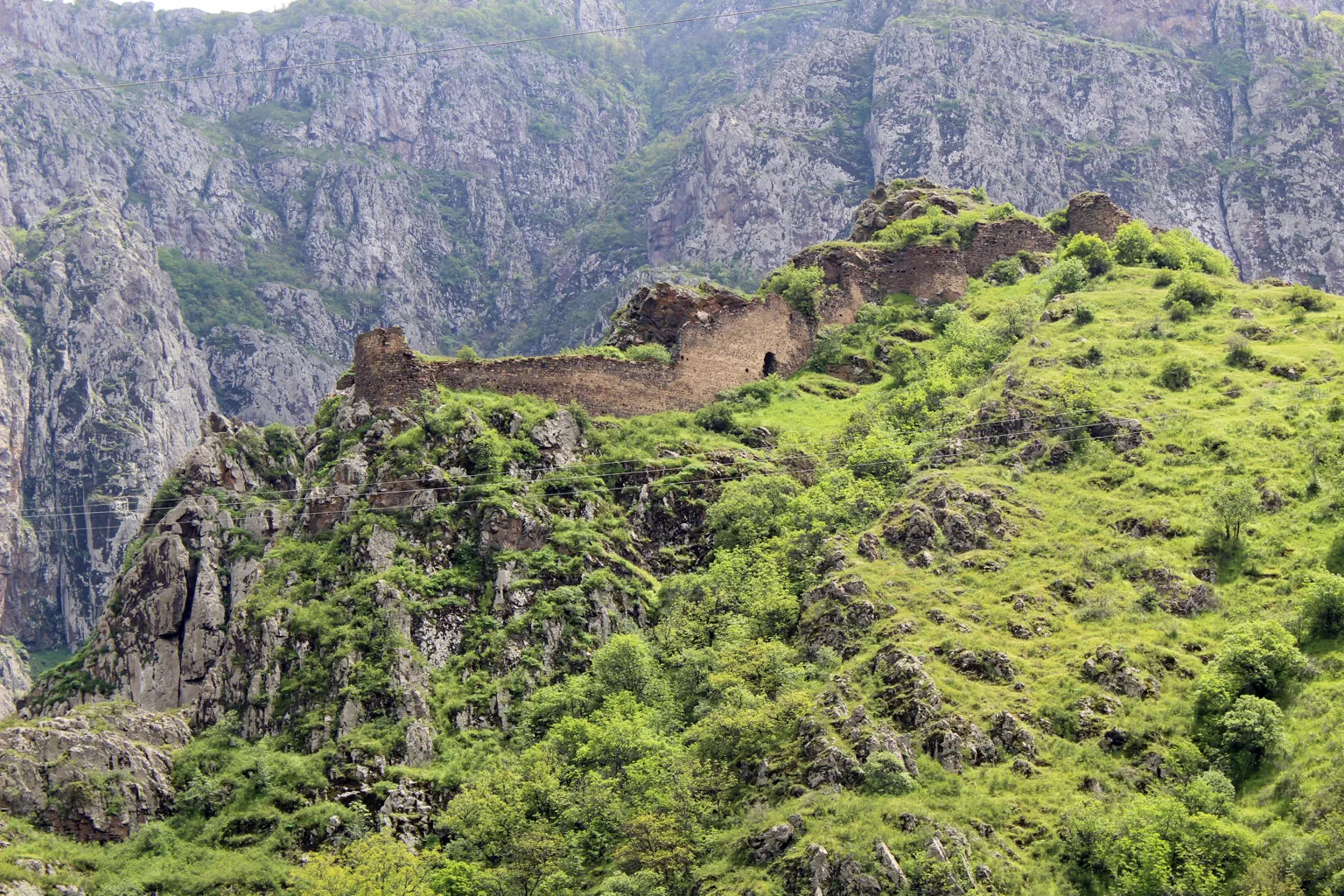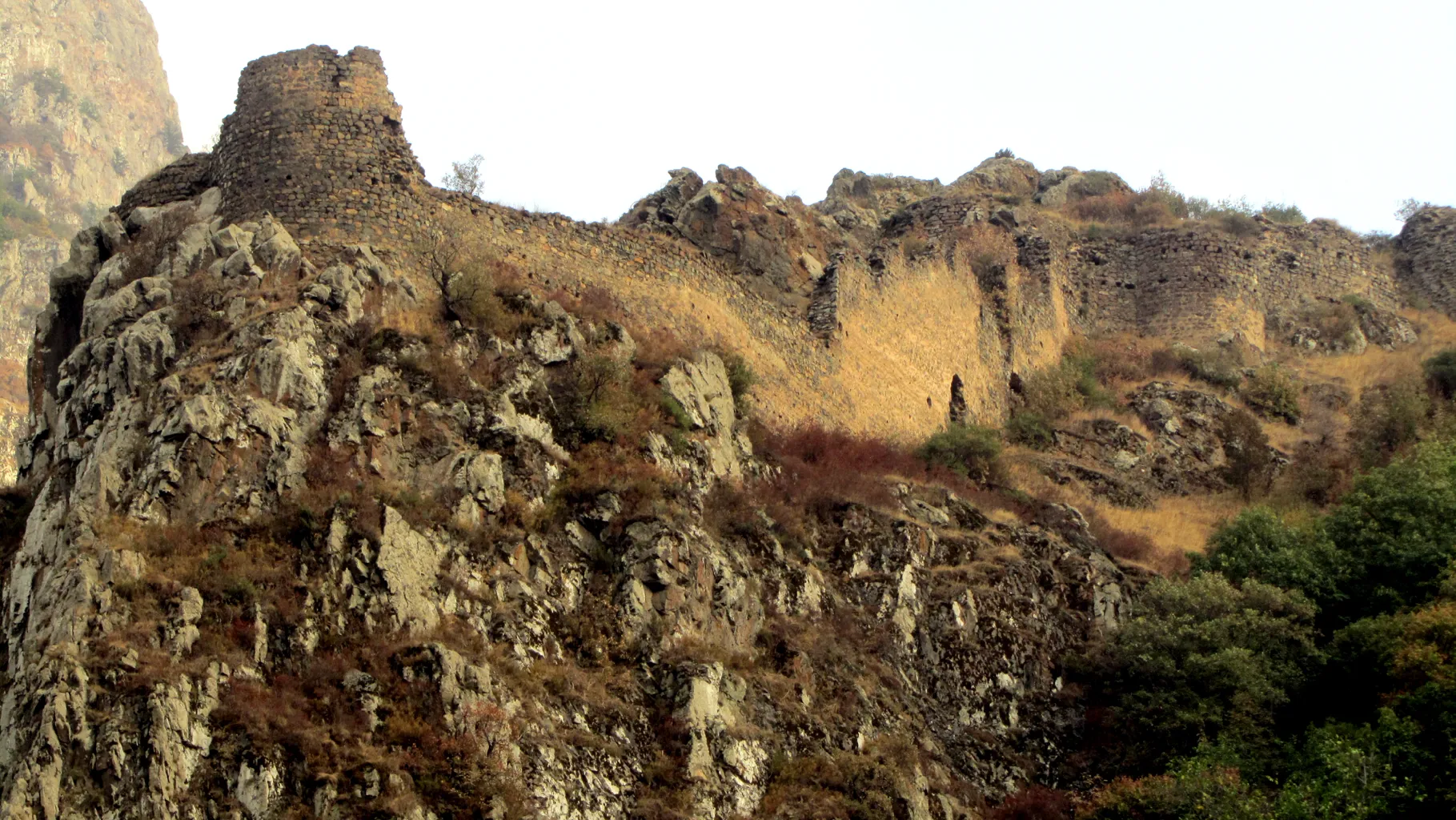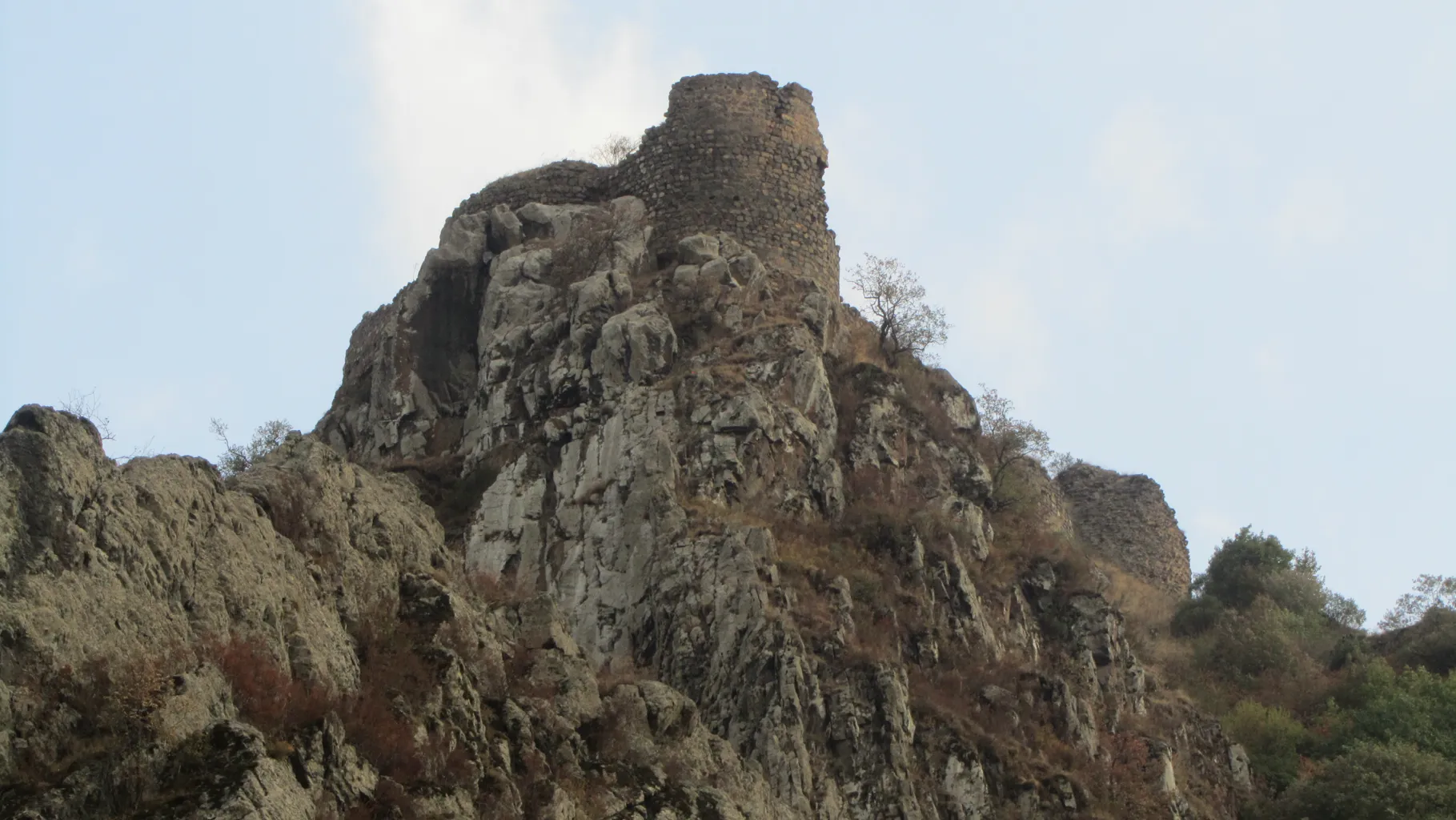The Historical Significance of Baghaberd
Baghaberd, also known as Baghaberd Fortress, stands as a testament to the rich history of Armenia. Located in the Syunik Province, this fortress played a crucial role in the region’s defense and governance. Its strategic position and robust construction made it a formidable stronghold.
Get your dose of History via Email
Early History and Construction
Baghaberd’s origins trace back to the 4th century AD. Historical records suggest that the fortress was built during the reign of the Arsacid dynasty. The Arsacids, who ruled Armenia from 54 AD to 428 AD, sought to fortify their territories against external threats. The fortress’s location on a high plateau provided a natural defense, making it difficult for invaders to breach its walls.

Architectural Features
The architecture of Baghaberd reflects the military engineering skills of its builders. The fortress walls, made of large stone blocks, stand several meters high. These walls enclose a significant area, providing ample space for troops and supplies. The fortress also features watchtowers, which allowed defenders to monitor the surrounding landscape for any approaching enemies.
Role in Medieval Armenia
During the medieval period, Baghaberd continued to serve as a key defensive structure. In the 9th century AD, the fortress became part of the Kingdom of Syunik. The Syunik princes used Baghaberd as a military base and administrative center. This period saw several renovations and expansions, enhancing the fortress’s defensive capabilities.

The Seljuk Invasion
The 11th century AD brought significant challenges to Baghaberd. The Seljuk Turks, expanding their empire, targeted Armenia. In 1170 AD, the Seljuks launched a major assault on Baghaberd. Despite the fortress’s strong defenses, the Seljuks eventually captured it. This event marked a turning point in the region’s history, leading to a period of Seljuk dominance.
Decline and Abandonment
Following the Seljuk invasion, Baghaberd’s importance gradually declined. By the 14th century AD, the fortress had lost its strategic significance. The rise of new political entities and shifting trade routes contributed to its abandonment. Today, Baghaberd stands in ruins, a silent witness to centuries of history.

Archaeological Significance
Modern archaeological efforts have focused on uncovering Baghaberd’s past. Excavations have revealed artifacts that shed light on the daily lives of its inhabitants. These findings include pottery, tools, and remnants of structures within the fortress. Archaeologists continue to study these artifacts to gain a deeper understanding of the region’s history.
Conclusion
Baghaberd Fortress remains a symbol of Armenia’s rich historical and cultural heritage. Its strategic importance, architectural features, and role in medieval politics highlight its significance. Although in ruins, Baghaberd continues to attract historians and archaeologists, eager to uncover its secrets. The fortress stands as a reminder of the region’s resilience and enduring legacy.
Sources:

